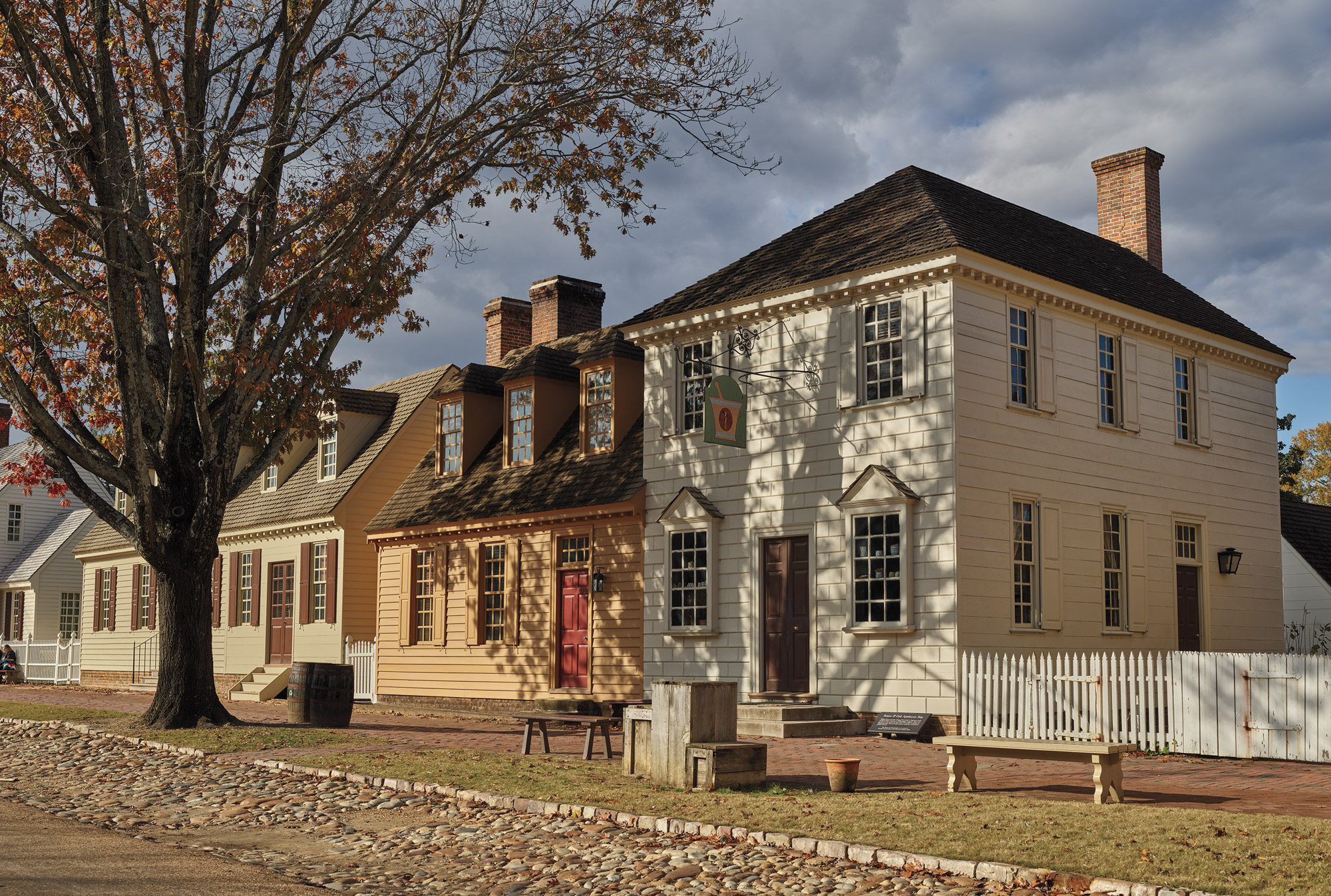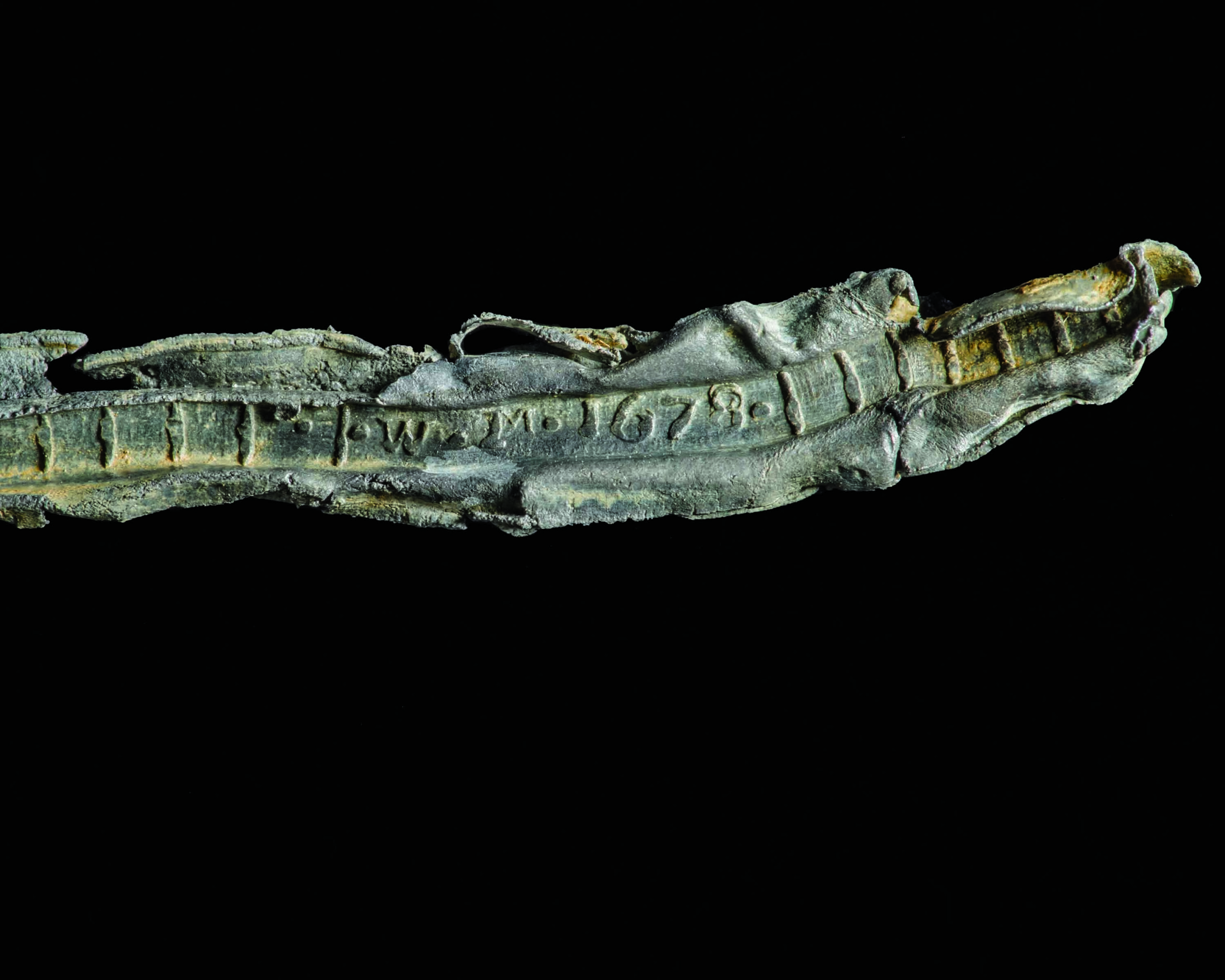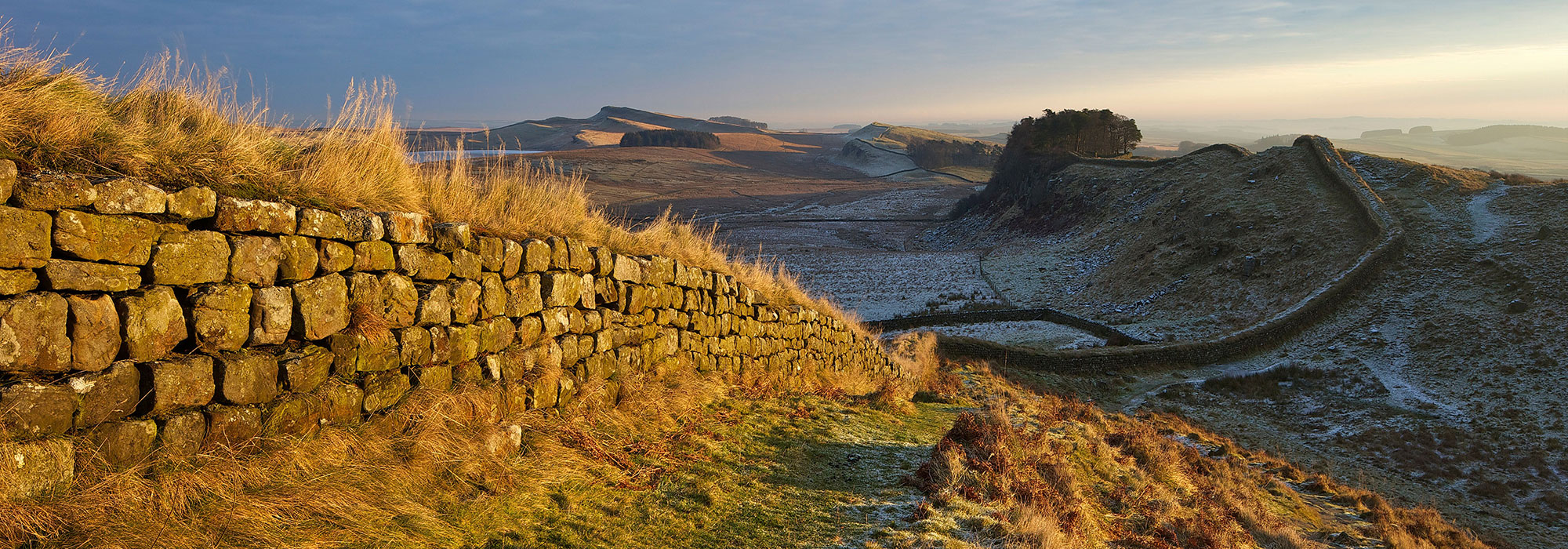
In February 2017, the Thomas Jefferson Foundation, which owns and operates Jefferson’s home, Monticello, uncovered and began reconstructing what they believe were the personal quarters of Sally Hemings, an enslaved woman and longtime companion to the founding father. The work is part of the Mountaintop Project, a multiyear effort to peel back early twentieth-century modernization at Monticello and reveal the experience of enslaved people who lived and worked there.
Excavating in the mansion’s south pavilion, archaeologists have found rooms that housed enslaved domestic servants, including Hemings, who was the half-sister of Jefferson’s wife Martha, and, almost certainly, mother to several of his children. Ambitious even for a man of Jefferson’s stature, Monticello’s original kitchen included French-style stew stoves, which allowed cooks, including Hemings’ brother James, who was trained in Paris during Jefferson’s time as minister to France, to prepare continental haute cuisine.
“How this is all going to be interpreted is a work in progress,” says Fraser Neiman, director of archaeology at Monticello. “We are trying to get folks to think about Sally and James Hemings as people with full lives, rather than just ciphers to Thomas Jefferson.”











